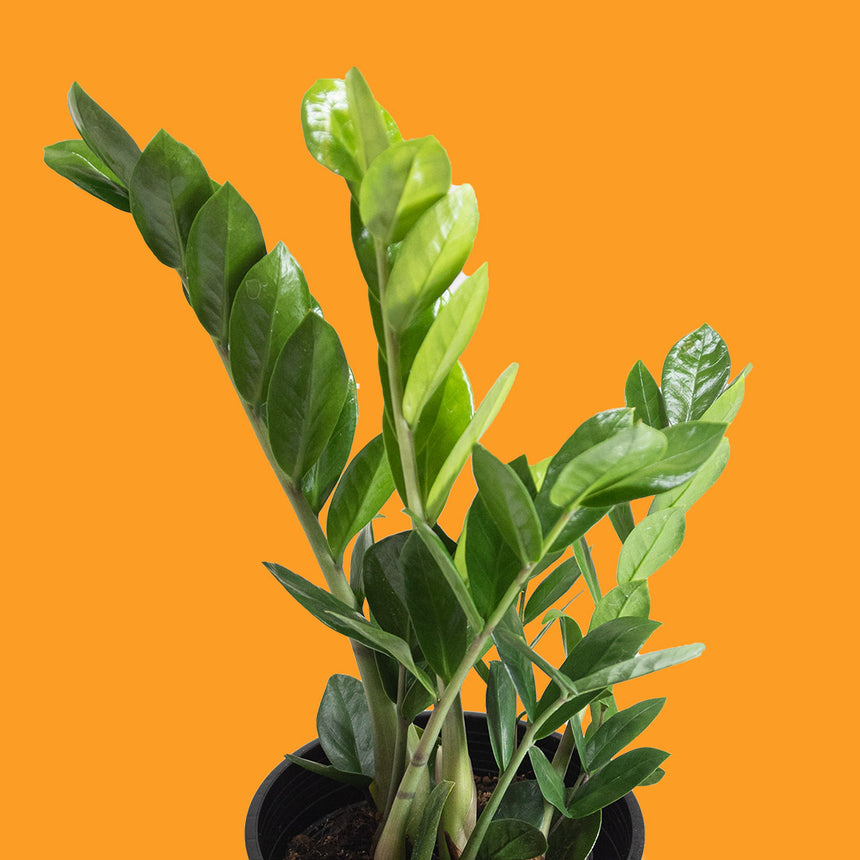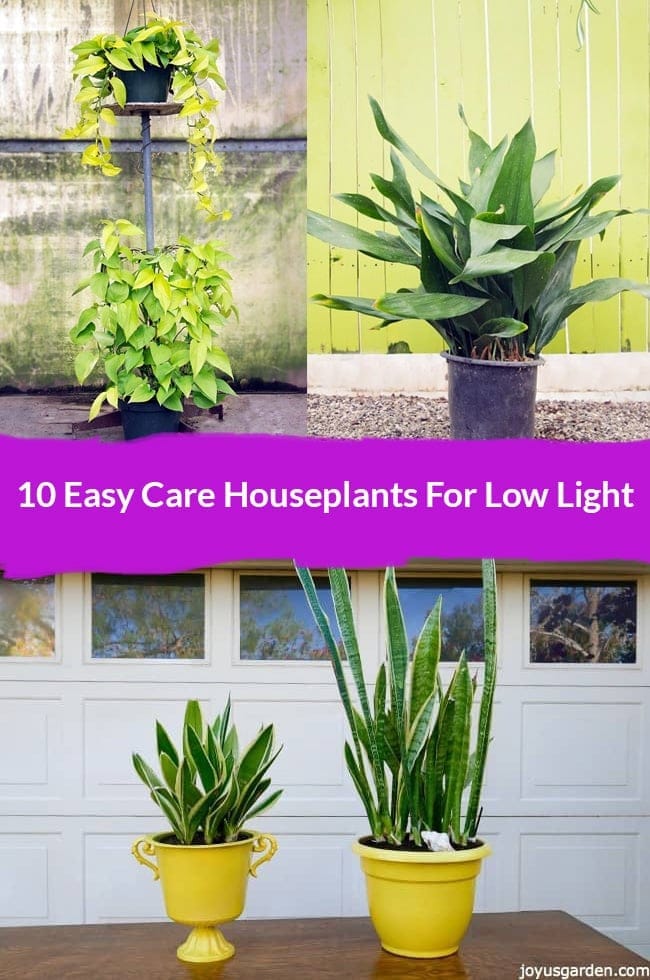Uncover the Secrets of Low-Light Indoor Plants and How They Boost Your Environment
Low-light indoor plants have gathered enhancing interest for their special capability to improve both aesthetic appeal and environmental quality within homes and workplaces. These resistant varieties, consisting of the Serpent Plant and Peace Lily, not only grow in tough illumination conditions but additionally play a crucial function in air purification and emotional well-being. Recognizing the certain advantages and care needs of these plants can substantially impact your living area. As we explore the intricacies of their benefits, you might uncover understandings that might change your environments in unanticipated means.
Advantages of Low-Light Indoor Plants
Although numerous individuals assume that interior plants need plentiful sunlight to flourish, low-light indoor plants offer a plethora of advantages that make them excellent for different settings. Among the key advantages is their adaptability; they can prosper precede with minimal natural light, such as workplaces, basements, or rooms with little home windows. This attribute allows individuals to improve their environments with plant, adding to improved looks without the requirement for substantial lights modifications.
In addition, low-light interior plants can dramatically improve indoor air quality by filtering dangerous contaminants and launching oxygen, making living areas healthier. The visibility of plants has actually been connected to higher sensations of serenity and emphasis.
Moreover, low-light plants typically need less maintenance than their sun-loving equivalents, making them suitable for busy people or those new to horticulture. Their resilience permits them to love very little intervention, hence supplying a satisfying experience for plant enthusiasts and amateurs alike. In summary, low-light indoor plants serve both useful and aesthetic objectives, making them useful enhancements to any type of room.
Top Low-Light Plant Varieties
Low-light interior plants come in a selection of species, each offering special qualities and advantages fit for dark atmospheres. Amongst one of the most prominent selections is the Serpent Plant (Sansevieria), known for its air-purifying abilities and architectural leaves. This durable plant prospers on forget and can tolerate a vast array of light problems.
Another superb choice is the ZZ Plant (Zamioculcas zamiifolia), which includes glossy, dark eco-friendly fallen leaves and is extremely drought-tolerant. Its flexibility makes it a preferred for workplaces and homes with restricted sunshine.
The Pothos (Epipremnum aureum) is likewise a leading competitor, with its tracking vines and heart-shaped leaves - Best low-light indoor plants. This flexible plant can be trained to climb or waterfall, including aesthetic passion to any kind of room

Care Tips for Low-Light Plants
Caring for low-light indoor plants calls for a nuanced understanding of their details needs to make sure ideal growth and vigor. First, it is necessary to pick the appropriate potting mix, as a well-draining soil is essential to avoid origin rot. A mix developed for houseplants, usually consisting of peat moss and perlite, works well for a lot of low-light varieties.
Watering is another essential aspect of care. Low-light plants usually need much less frequent watering contrasted to their sun-loving equivalents. It is suggested to check the leading inch of dirt; if it feels dry, it's time to water. Overwatering can bring about complications such as mold and origin degeneration.
Fertilization must be approached with care. During the growing season, a watered down fluid plant food can be used monthly, but in cold weather, lots of low-light plants get in inactivity and require little to no fertilization.
Finally, it is essential to occasionally clean the leaves to get rid of dirt, enabling much better light absorption. By sticking to these treatment suggestions, you can grow a flourishing atmosphere for your low-light indoor plants, improving both their appearance and durability.
Enhancing Air Top Quality With Plants
Interior plants play a considerable duty in improving air quality within homes and office. Through the process see this of photosynthesis, these plants absorb co2 and launch oxygen, adding to a much healthier environment. Furthermore, specific low-light indoor plants possess the capability to filter unsafe toxins, such as formaldehyde, benzene, and trichloroethylene, which are typically discovered in interior atmospheres.

Additionally, the presence of indoor plants can raise humidity degrees, which aids minimize completely dry skin and breathing concerns, further enhancing overall wellness. This capacity to enhance air high quality not just promotes physical wellness however additionally sustains mental wellness.
Including low-light indoor plants into your living and working rooms can result in a much more vibrant and invigorating setting (Best low-light indoor plants). Investing in these all-natural air purifiers is a simple yet efficient strategy for improving indoor air top quality and fostering a healthier way of life
Developing a Calm Indoor Space
The combination of plants right into living areas not just boosts air quality however additionally adds to a tranquil environment. Low-light interior plants, such as serpent plants and pothos, are especially efficient in producing a peaceful setting, as they flourish in conditions that might or else be inhospitable for various other plant. Their rich vegetation gives a soothing visual, lowering tension and promoting relaxation.
Including these plants right into your home or workplace can evoke a feeling of tranquility and well-being. Strategically putting them in areas where visit our website you spend considerable time, such as living areas or offices, enables an immersive experience with nature, which has actually been revealed to enhance mood and cognitive feature.
Additionally, the gentle movement of fallen leaves in action to air flow can create a vibrant visual element that boosts the general ambiance. Consider making use of a range of plant heights and appearances to include depth and passion to your space. With thoughtful placement and treatment, low-light indoor plants can change any location right into a serene sanctuary, promoting not only aesthetic contentment however mental and also emotional health.

Conclusion
Incorporating low-light indoor plants into different atmospheres returns substantial advantages, consisting of boosted air top quality and enhanced aesthetic allure. The transformative power of low-light plants underscores their value in enhancing both work and property settings.
Although many individuals assume that interior plants need abundant sunshine to flourish, low-light interior plants provide a wide range of advantages that make them optimal for various atmospheres.Moreover, low-light interior plants can substantially improve interior air quality by releasing and filtering system damaging contaminants oxygen, making living spaces healthier. In addition, certain low-light interior plants have the ability to filter dangerous contaminants, such as formaldehyde, benzene, and trichloroethylene, which are generally located in indoor settings.
Low-light indoor plants, such as serpent plants and pothos, are particularly efficient in developing a tranquil atmosphere, as they grow in problems that may otherwise be inhospitable for page various other plant.Integrating low-light indoor plants right into numerous settings returns significant benefits, including enhanced air high quality and improved aesthetic charm.